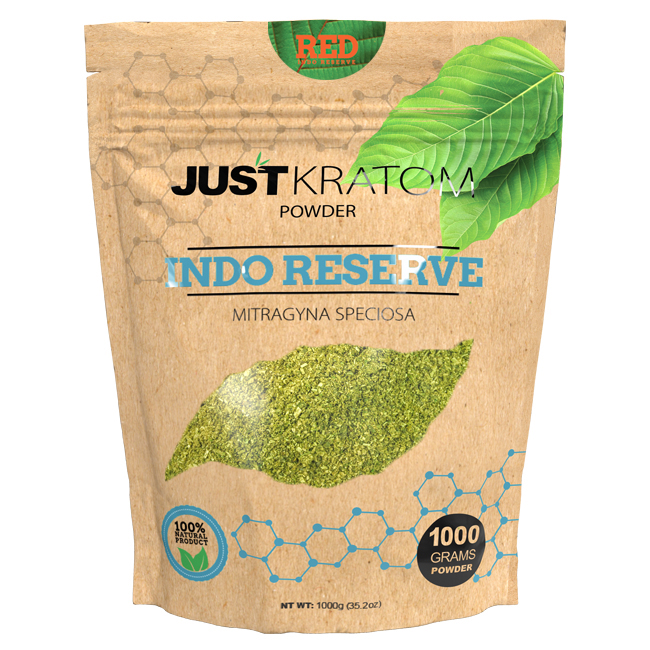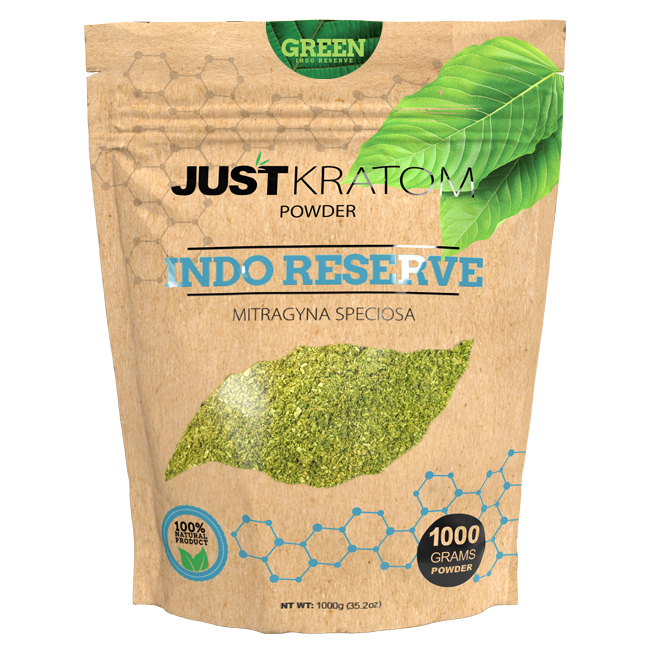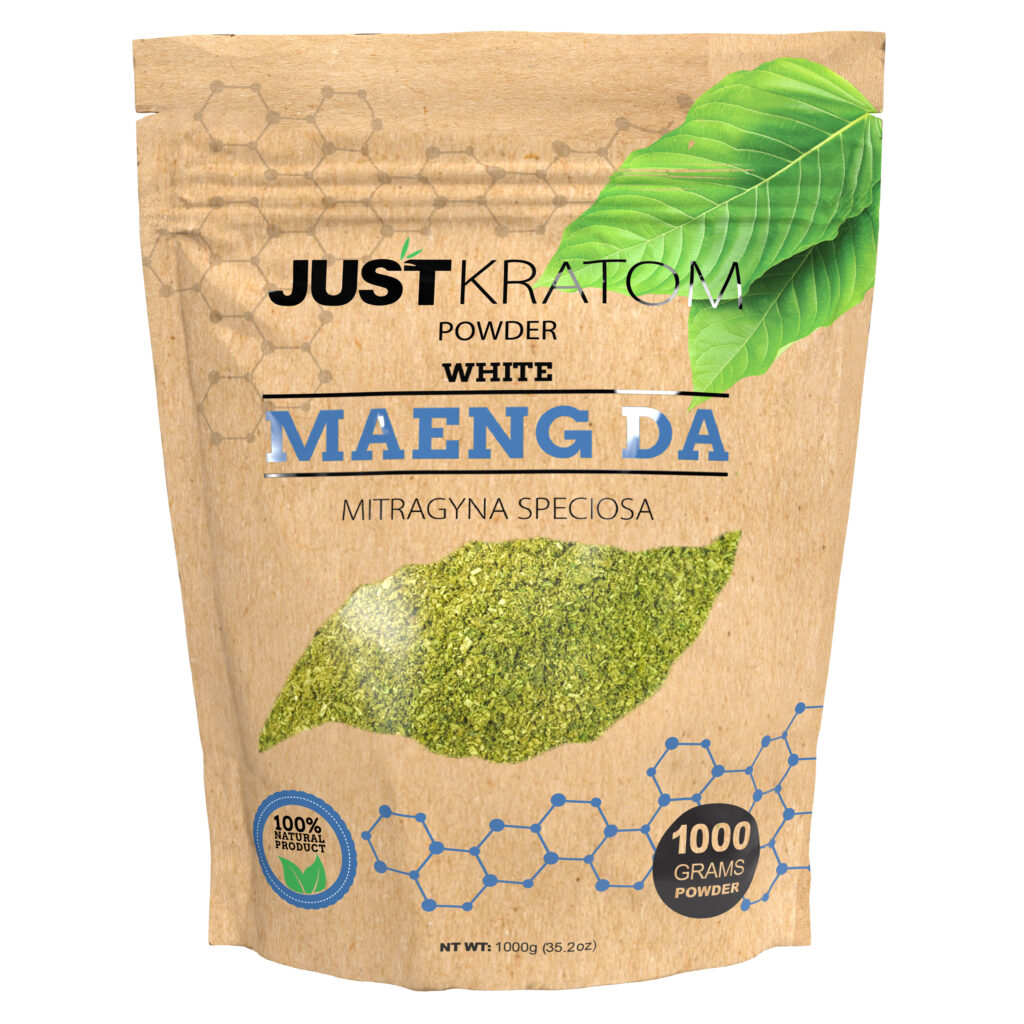Individual Factors Affecting Kratom Effects
The effects of kratom powder vary significantly from person to person, influenced by a range of individual factors. These factors can include genetics, body mass and composition, age, existing health conditions, and prior experience with kratom. Understanding these individual differences is crucial for ensuring safe and effective use.
Genetics
Genetics play a significant role in how individuals respond to kratom. Differences in gene expression can influence the way the body metabolizes kratom alkaloids, affecting their absorption, distribution, and elimination. Certain genetic variations may lead to faster or slower metabolism, resulting in variations in the intensity and duration of kratom’s effects.

Metabolism
Body mass and composition also contribute to differences in kratom effects. Individuals with higher body mass generally require larger doses of kratom to achieve the desired effects compared to those with lower body mass. Additionally, body fat percentage can influence drug absorption and distribution, as kratom alkaloids are more readily absorbed into fatty tissues.
Age is another factor that can affect kratom’s impact. Elderly individuals may experience slower metabolism and reduced organ function, which can lead to prolonged effects from kratom. Conversely, younger individuals tend to metabolize substances faster, potentially resulting in shorter-lasting effects.
- Existing health conditions can significantly influence how an individual responds to kratom. Individuals with liver or kidney disease may experience altered metabolism and drug clearance, leading to heightened or prolonged effects.
- Prior experience with kratom also plays a role. Regular users may develop tolerance, requiring higher doses to achieve the same effects. This tolerance can vary depending on frequency of use and dosage levels.
Body Mass
Body mass is a crucial factor influencing how individuals respond to kratom powder. The amount of body fat and lean muscle mass can impact how kratom alkaloids are absorbed, distributed, and metabolized within the body.
- Individuals with higher body mass generally require larger doses of kratom to achieve the desired effects compared to those with lower body mass.
Tolerance
Genetics play a significant role in how individuals respond to kratom. Differences in gene expression can influence the way the body metabolizes kratom alkaloids, affecting their absorption, distribution, and elimination. Certain genetic variations may lead to faster or slower metabolism, resulting in variations in the intensity and duration of kratom’s effects.
Body mass and composition also contribute to differences in kratom effects. Individuals with higher body mass generally require larger doses of kratom to achieve the desired effects compared to those with lower body mass. Additionally, body fat percentage can influence drug absorption and distribution, as kratom alkaloids are more readily absorbed into fatty tissues.
Age is another factor that can affect kratom’s impact. Elderly individuals may experience slower metabolism and reduced organ function, which can lead to prolonged effects from kratom. Conversely, younger individuals tend to metabolize substances faster, potentially resulting in shorter-lasting effects.
Existing health conditions can significantly influence how an individual responds to kratom. Individuals with liver or kidney disease may experience altered metabolism and drug clearance, leading to heightened or prolonged effects.

Prior experience with kratom also plays a role. Regular users may develop tolerance, requiring higher doses to achieve the same effects. This tolerance can vary depending on frequency of use and dosage levels.
Previous Drug Use
The effects of kratom powder vary significantly from person to person, influenced by a range of individual factors. These factors can include genetics, body mass and composition, age, existing health conditions, and prior experience with kratom. Understanding these individual differences is crucial for ensuring safe and effective use.
Genetics play a significant role in how individuals respond to kratom. Differences in gene expression can influence the way the body metabolizes kratom alkaloids, affecting their absorption, distribution, and elimination. Certain genetic variations may lead to faster or slower metabolism, resulting in variations in the intensity and duration of kratom’s effects.
Body mass and composition also contribute to differences in kratom effects. Individuals with higher body mass generally require larger doses of kratom to achieve the desired effects compared to those with lower body mass. Additionally, body fat percentage can influence drug absorption and distribution, as kratom alkaloids are more readily absorbed into fatty tissues.
Age is another factor that can affect kratom’s impact. Elderly individuals may experience slower metabolism and reduced organ function, which can lead to prolonged effects from kratom. Conversely, younger individuals tend to metabolize substances faster, potentially resulting in shorter-lasting effects.
- Existing health conditions can significantly influence how an individual responds to kratom. Individuals with liver or kidney disease may experience altered metabolism and drug clearance, leading to heightened or prolonged effects.
- Prior experience with kratom also plays a role. Regular users may develop tolerance, requiring higher doses to achieve the same effects. This tolerance can vary depending on frequency of use and dosage levels.
Dosage and Strain Variation
The diverse effects of kratom powder stem from individual variations in physiology, genetics, and prior usage. Factors such as body mass, age, existing health conditions, and genetic makeup can all influence how an individual responds to kratom, leading to differences in both the intensity and duration of its effects.
Alkaloid Composition
Dosage and strain variation contribute significantly to the diverse effects of kratom. Kratom alkaloids vary in potency and chemical composition, resulting in different experiences even at the same dosage. Strains like Maeng Da, often touted for its energizing effects, contain higher levels of mitragynine and 7-hydroxymitragynine, while strains like Bali tend to have more relaxing properties due to a higher proportion of other alkaloids.
Individual sensitivity to these alkaloids also plays a role. Some individuals may respond strongly to even small doses, while others require larger amounts to experience noticeable effects.
Potency Levels
Dosage and strain variation contribute significantly to the diverse effects of kratom. Kratom alkaloids vary in potency and chemical composition, resulting in different experiences even at the same dosage. Strains like Maeng Da, often touted for its energizing effects, contain higher levels of mitragynine and 7-hydroxymitragynine, while strains like Bali tend to have more relaxing properties due to a higher proportion of other alkaloids.

Individual sensitivity to these alkaloids also plays a role. Some individuals may respond strongly to even small doses, while others require larger amounts to experience noticeable effects.
Administration Method
Dosage and strain variation significantly contribute to the diverse effects of kratom. Kratom alkaloids vary in potency and chemical composition, leading to different experiences even at the same dosage. Strains like Maeng Da, known for its energizing effects, contain higher levels of mitragynine and 7-hydroxymitragynine, while strains like Bali tend to have more relaxing properties due to a higher proportion of other alkaloids.
Individual sensitivity to these alkaloids also plays a role. Some individuals may experience strong effects from even small doses, while others require larger amounts to feel the effects.
Administration method can also influence kratom’s effects. Taking kratom orally, for instance by swallowing it in powder form or brewed as a tea, generally leads to slower absorption and a more gradual onset of effects. Other methods like smoking or snorting kratom result in faster absorption and a quicker onset but may also lead to shorter-lasting effects.
Psychological and Environmental Influences
The effects of kratom powder are incredibly diverse, varying greatly from person to person. This variability stems from a complex interplay of individual factors, including genetics, body mass and composition, age, existing health conditions, and prior experience with kratom.
Mood and Mental State
The diverse effects of kratom powder stem from individual variations in physiology, genetics, and prior usage. Factors such as body mass, age, existing health conditions, and genetic makeup can all influence how an individual responds to kratom, leading to differences in both the intensity and duration of its effects.
Dosage and strain variation contribute significantly to the diverse effects of kratom. Kratom alkaloids vary in potency and chemical composition, resulting in different experiences even at the same dosage. Strains like Maeng Da, often touted for its energizing effects, contain higher levels of mitragynine and 7-hydroxymitragynine, while strains like Bali tend to have more relaxing properties due to a higher proportion of other alkaloids.
Individual sensitivity to these alkaloids also plays a role. Some individuals may respond strongly to even small doses, while others require larger amounts to experience noticeable effects.
Administration method can also influence kratom’s effects. Taking kratom orally, for instance by swallowing it in powder form or brewed as a tea, generally leads to slower absorption and a more gradual onset of effects. Other methods like smoking or snorting kratom result in faster absorption and a quicker onset but may also lead to shorter-lasting effects.
Environmental factors can also play a role in how kratom affects an individual. Stress, anxiety, and other emotional states can influence the way the body perceives and responds to kratom’s effects. A calming environment may enhance kratom’s relaxing properties, while a stressful situation might amplify its energizing effects.
Ultimately, understanding these various influences is crucial for individuals considering using kratom. By recognizing the individual variability in responses, people can make informed decisions about dosage, strain selection, and usage frequency to optimize their experience and minimize potential risks.
Set and Setting
Psychological and environmental factors significantly contribute to the diverse experiences people have with kratom. Set and setting, two key concepts in understanding these influences, play a crucial role.
Set refers to an individual’s mental and emotional state before taking kratom. Factors like mood, expectations, and prior experiences with similar substances can shape how they perceive and respond to kratom’s effects. For example, someone approaching kratom with a desire for relaxation might experience more calming effects than someone expecting energizing properties.
Setting encompasses the physical environment in which kratom is consumed. A quiet, comfortable space can promote relaxation and enhance kratom’s soothing effects. Conversely, a noisy or stimulating environment might lead to feelings of agitation or anxiety, potentially overshadowing any intended benefits.
The interplay between set and setting highlights the importance of mindfulness when using kratom. Being aware of one’s mental state, managing expectations, and choosing a conducive environment can significantly influence the overall experience.
Expectations
Psychological and environmental factors play a significant role in shaping an individual’s experience with kratom. These external influences can modify how the body processes kratom and subsequently, the intensity and nature of its effects.
A person’s mental state, often referred to as “set,” significantly impacts their experience with kratom. Preconceived notions about kratom’s effects, past experiences with similar substances, and current emotional states can all influence how they perceive and respond to the drug. For example, someone anticipating a euphoric experience might perceive stronger effects compared to someone approaching it with a neutral mindset.
The environment in which kratom is consumed, known as “setting,” also exerts a powerful influence. A calming and comfortable environment can amplify kratom’s relaxing properties, while a stressful or chaotic setting may lead to feelings of anxiety or agitation, potentially overshadowing any desired effects.
Understanding these psychological and environmental influences is crucial for individuals exploring the use of kratom. By paying attention to their mental state, managing expectations, and creating a conducive environment, people can optimize their experience and minimize potential negative consequences.
Buy Kratom Powder for increased motivation
- The Benefits Of CBD Gummy Bears For Sleep And Relaxation - December 6, 2025
- THC Seltzers For Beginners: What You Need To Know - December 5, 2025
- THC Beverages: Breaking Down The Myths And Facts - December 3, 2025
